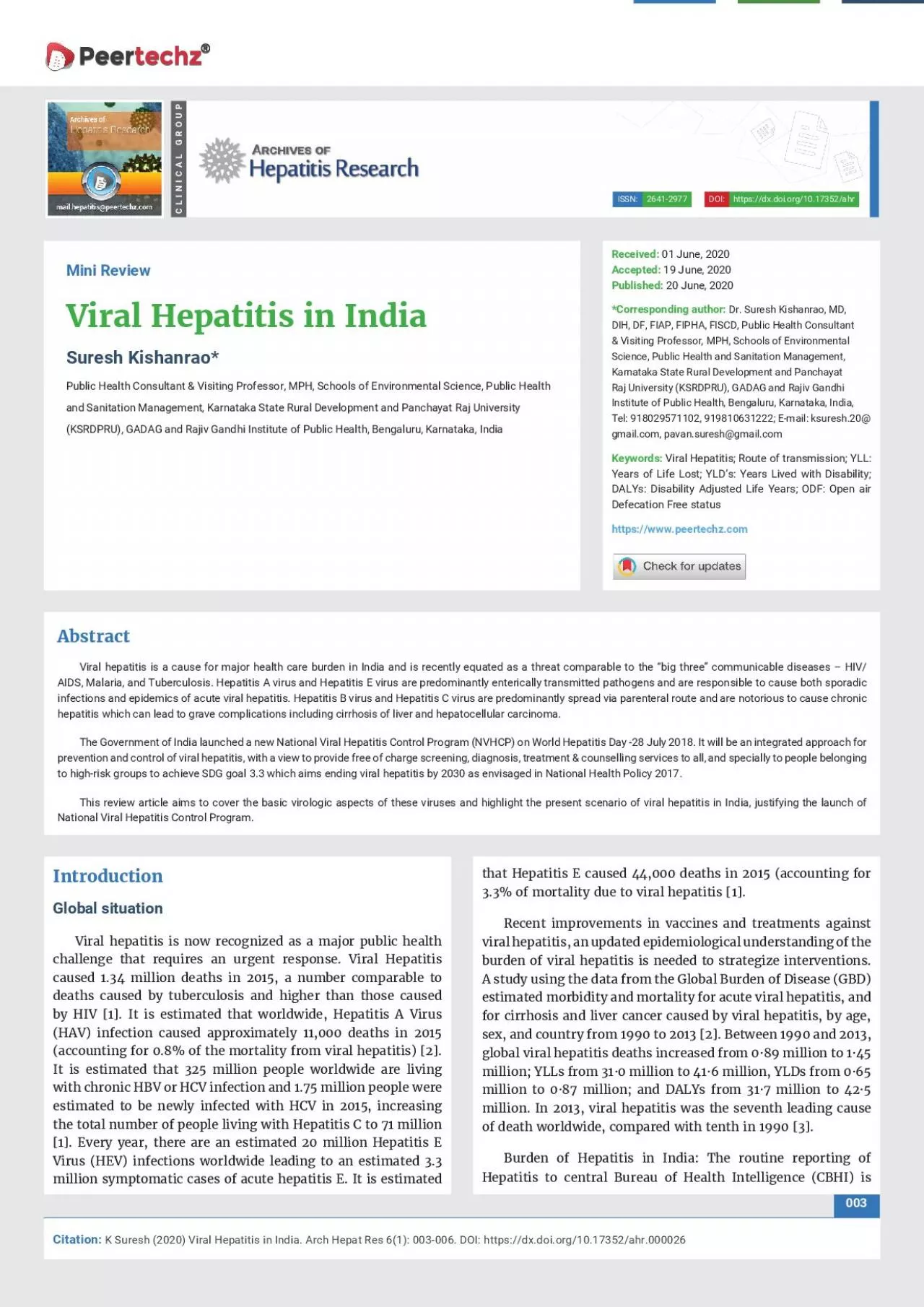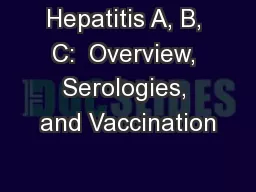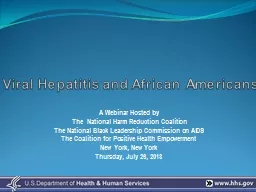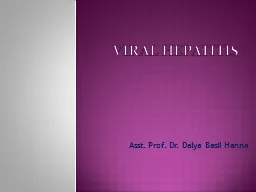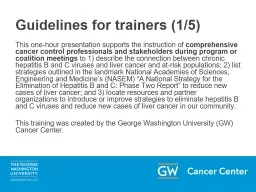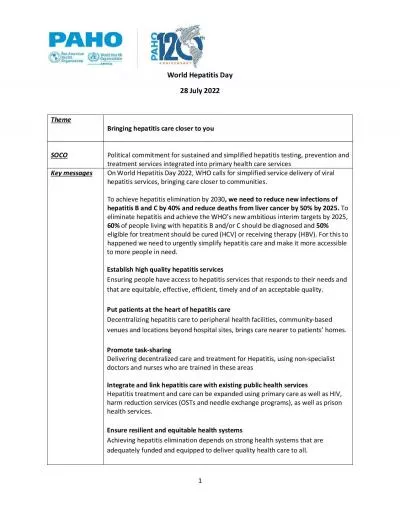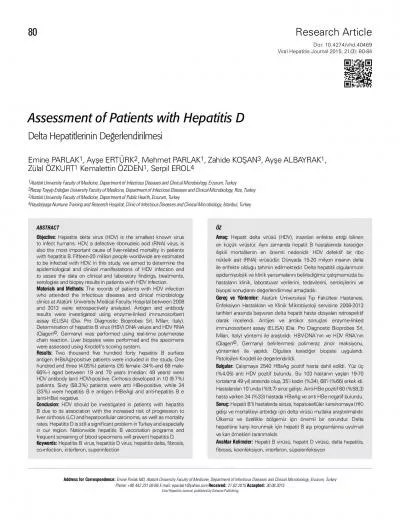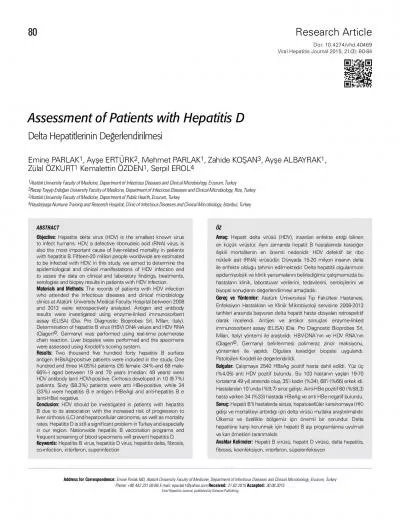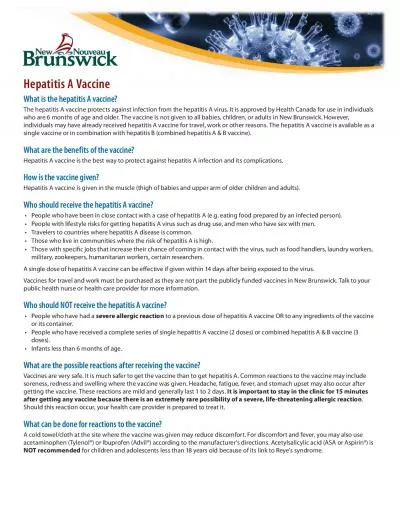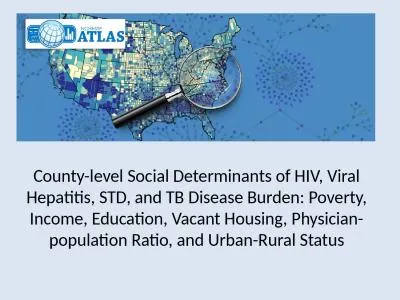PDF-Viral hepatitis is now recognized as a major public health challenge t
Author : white | Published Date : 2022-10-13
that Hepatitis E caused 44000 deaths in 2015 accounting for 33 of mortality due to viral hepatitis 1Recent improvements in vaccines and treatments against viral
Presentation Embed Code
Download Presentation
Download Presentation The PPT/PDF document "Viral hepatitis is now recognized as a m..." is the property of its rightful owner. Permission is granted to download and print the materials on this website for personal, non-commercial use only, and to display it on your personal computer provided you do not modify the materials and that you retain all copyright notices contained in the materials. By downloading content from our website, you accept the terms of this agreement.
Viral hepatitis is now recognized as a major public health challenge t: Transcript
Download Rules Of Document
"Viral hepatitis is now recognized as a major public health challenge t"The content belongs to its owner. You may download and print it for personal use, without modification, and keep all copyright notices. By downloading, you agree to these terms.
Related Documents

